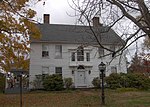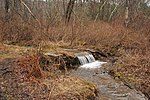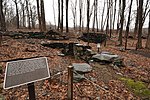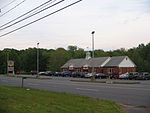Bolton Notch State Park
1918 establishments in ConnecticutBolton, ConnecticutParks in Tolland County, ConnecticutProtected areas established in 1918State parks of Connecticut ... and 1 more
Use mdy dates from August 2023
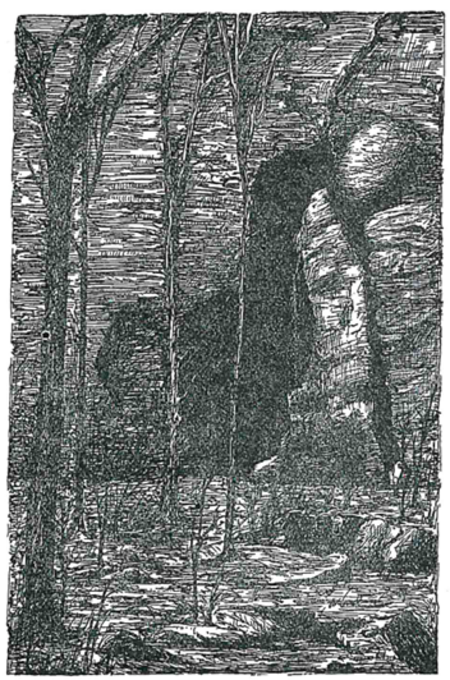
Bolton Notch State Park is a public Protected recreation area located in the town of Bolton, Connecticut, on the boundary between the Thames River and Connecticut River watersheds. The state park's 95 acres (38 ha) offer opportunities for hiking, climbing, and cave exploration. Bolton Notch is located at the junction of U.S. Route 44 and U.S. Route 6 in Bolton, CT.
Excerpt from the Wikipedia article Bolton Notch State Park (License: CC BY-SA 3.0, Authors, Images).Bolton Notch State Park
US 6,
Geographical coordinates (GPS) Address Website External links Nearby Places Show on map
Geographical coordinates (GPS)
| Latitude | Longitude |
|---|---|
| N 41.79 ° | E -72.448055555556 ° |
Address
Bolton Notch State Park
US 6
06043
United States
Open on Google Maps


